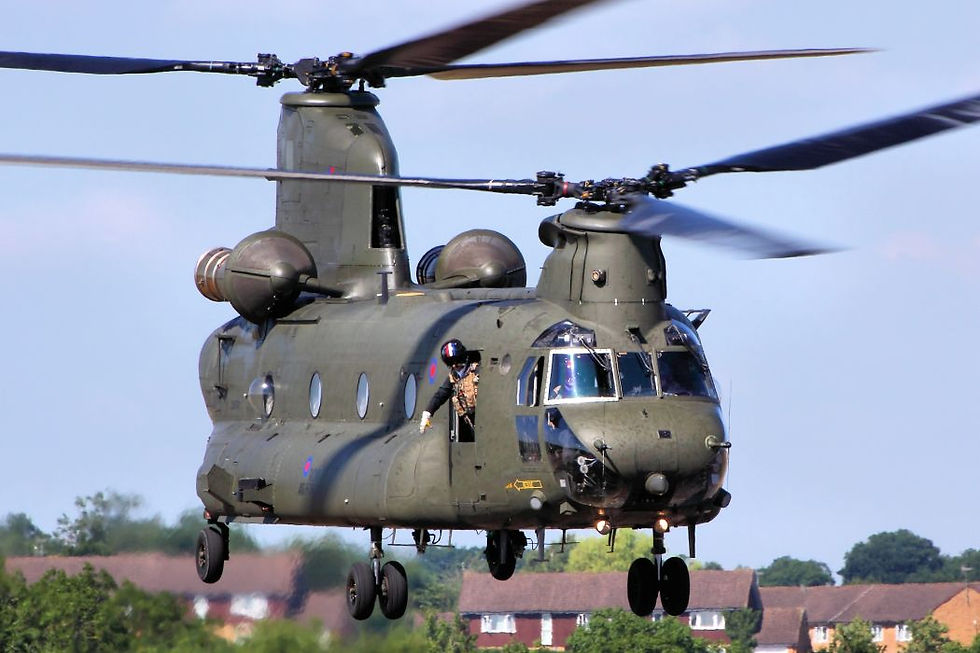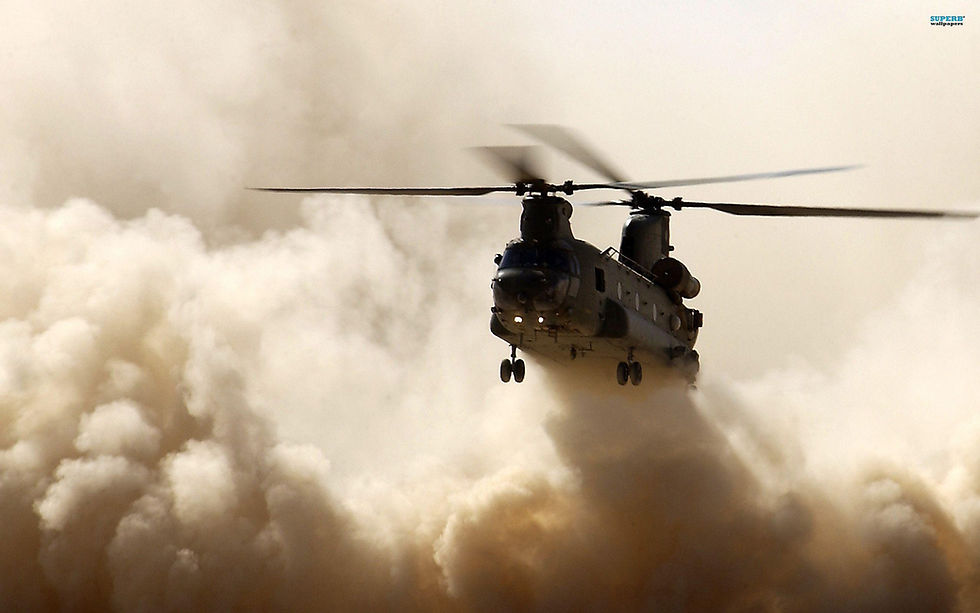Boeing Celebrates the 60th Anniversary of Chinook First Flight
- Garth Calitz
- Sep 22, 2021
- 2 min read

Chinook operators around the world today celebrated 60 years of Chinook flight as the company builds a new generation of the renowned rotor-craft. The H-47 Chinook’s prototype, known as the YCH-1B, first flew on Sept. 21, 1961. The aircraft took off in Philadelphia, the region where Boeing has built and incrementally improved every version of the Chinook rotorcraft.

In the decades since inaugural flight, Chinooks have served as the backbone of combat, logistics and humanitarian missions for the U.S. Army, Special Operations Forces and 19 international operators. Thanks to continuous manufacturing and technological advances, the aircraft is poised to serve the United States and its allies for at least another 40 years.


“The mighty Chinook continues to be the most advanced, affordable and battle-tested heavy-lift helicopter in the world. “said Andy Builta, Boeing vice president and H-47 program manager. “This aircraft is positioned to fly for at least 100 years, and that’s a testament to the enduring partnership of Boeing, its industry partners and Chinook users across the globe.”

The U.S. Army took delivery of its first Chinook in 1962, and three years later the aircraft flew into combat in Vietnam. Boeing later introduced the CH-47F, a modernization program that converted 472 earlier models into an essentially new fleet, more than doubling the lift capacity of the original CH-47A. Boeing also builds the MH-47, a modified series of Chinooks operated by the U.S. Army Special Operations Forces.

Chinook is Boeing’s longest-running production program and one the longest-running in aviation history. In 2017, Boeing received a contract to develop the next generation of Chinooks for the U.S. Army and Special Operations Forces. The Block II program, currently in engineering, manufacturing and development, incorporates upgrades to increase lift capability, improve commonality between U.S. Army and allied fleets, and reduce maintenance costs.





























Comments